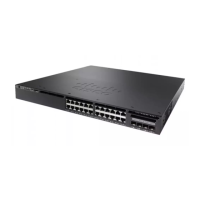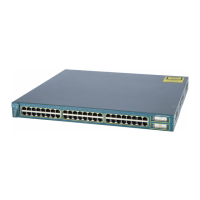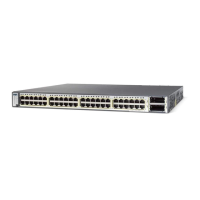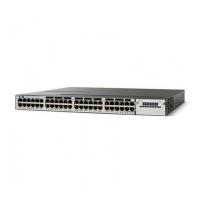Setting Up Auto-RP in a New Internetwork (CLI)
If you are setting up Auto-RP in a new internetwork, you do not need a default RP because you configure all
the interfaces for sparse-dense mode.
Omit Step 3 in the following procedure, if you want to configure a PIM router as the RP for the local
group.
Note
SUMMARY STEPS
1.
enable
2.
show running-config
3.
configure terminal
4.
ip pim send-rp-announce interface-id scope ttl group-list access-list-number interval seconds
5.
access-list access-list-number {deny | permit} source [source-wildcard]
6.
ip pim send-rp-discovery scope ttl
7.
end
8.
show running-config
9.
show ip pim rp mapping
10.
show ip pim rp
11.
copy running-config startup-config
DETAILED STEPS
PurposeCommand or Action
Enables privileged EXEC mode.enable
Step 1
Example:
Device> enable
•
Enter your password if prompted.
Verifies that a default RP is already configured on all PIM devices and the
RP in the sparse-mode network. It was previously configured with the ip pim
rp-address global configuration command.
show running-config
Example:
Device# show running-config
Step 2
This step is not required for spare-dense-mode
environments.
Note
The selected RP should have good connectivity and be available across the
network. Use this RP for the global groups (for example, 224.x.x.x and other
global groups). Do not reconfigure the group address range that this RP serves.
RPs dynamically discovered through Auto-RP take precedence over statically
IP Multicast Routing Configuration Guide, Cisco IOS XE Release 3SE (Catalyst 3650 Switches)
OL-29890-01 129
Configuring PIM
Configuring a Rendezvous Point

